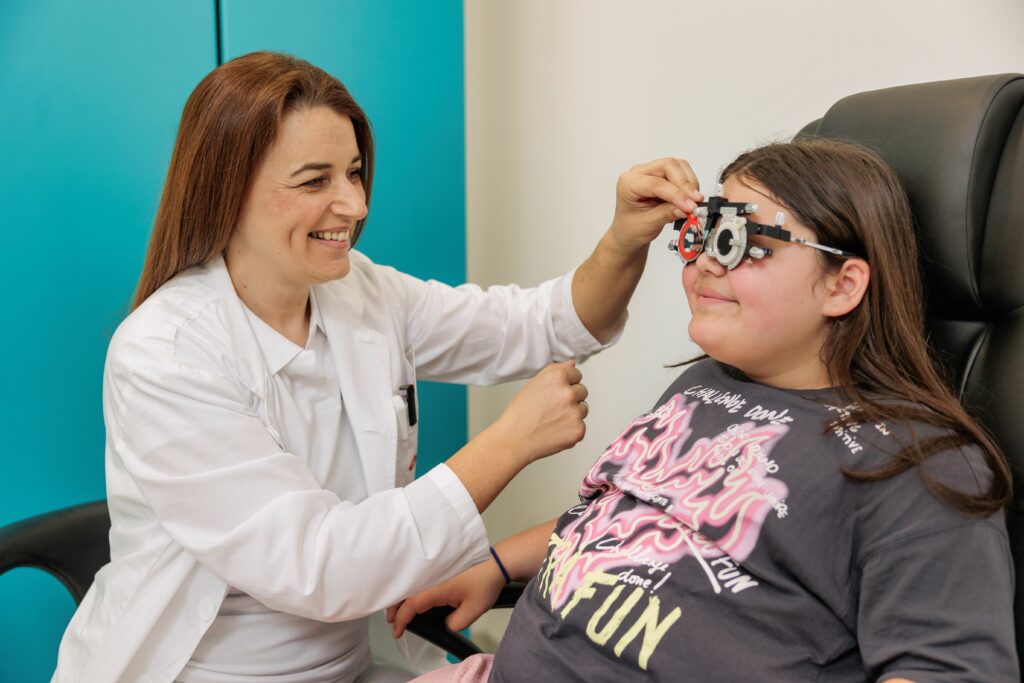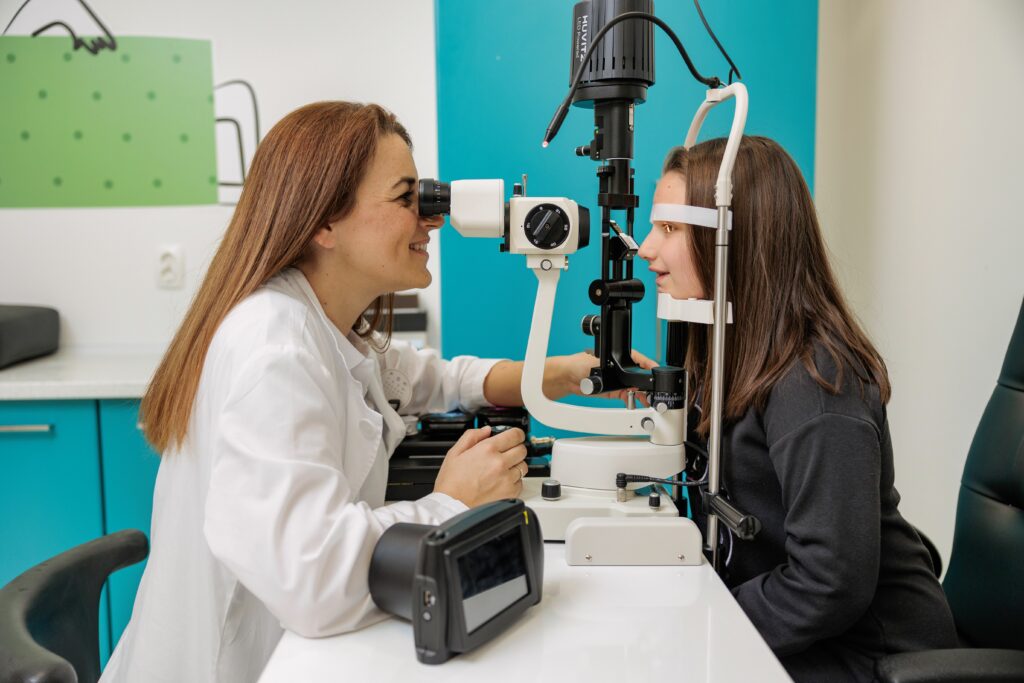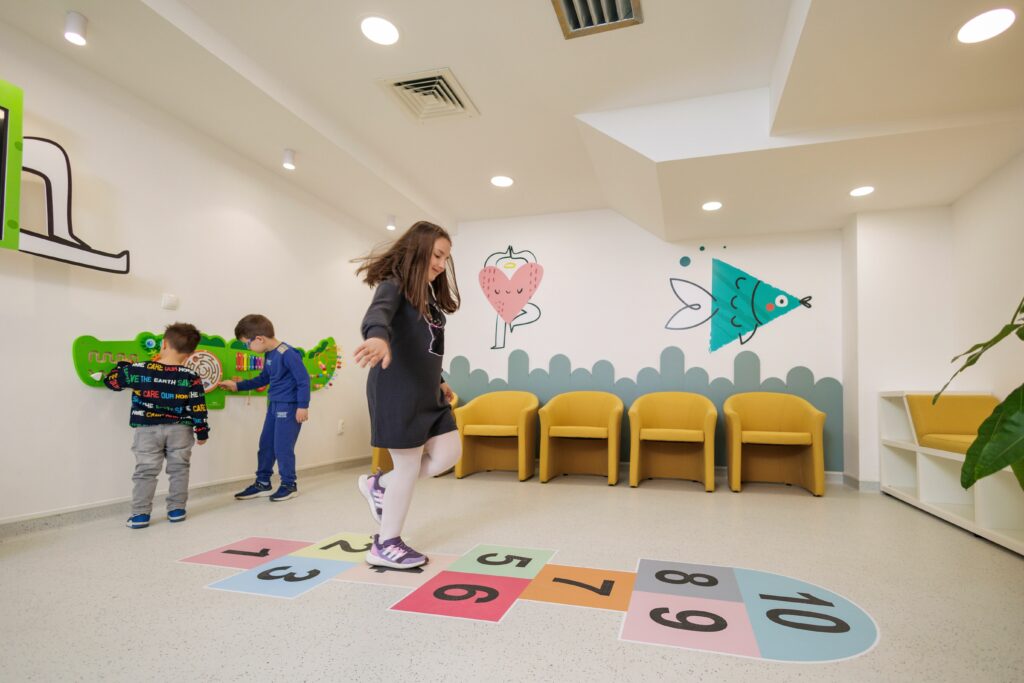Some of the conditions that can lead to amblyopia are:
Refractive errors: This includes common vision problems such as myopia (problems with seeing at a distance), hyperopia (problems with seeing at a distance), and astigmatism (which leads to blurred vision). Normally, these problems are solved by wearing glasses or contact lenses. But if left untreated, the brain can start to rely more on the eye with stronger vision.
Strabismus: Normally, the eyes move together as a pair. But in children with strabismus, the eyes are not synchronized in their movements. One eye may move more inward, outward, up, or down.
Cataracts: Cataracts are clouding of the natural lens of the eye, causing blurred vision. Cataracts usually occur in older people, but there are also types of cataracts that can occur in babies and children.
Some children are born with amblyopia, while others develop it later in childhood.
The chances of amblyopia are higher in children who:
• Were born prematurely
• Were born with a lower than average birth weight
• Have a family history of amblyopia, childhood cataracts, or other eye conditions
• Have developmental disabilities


